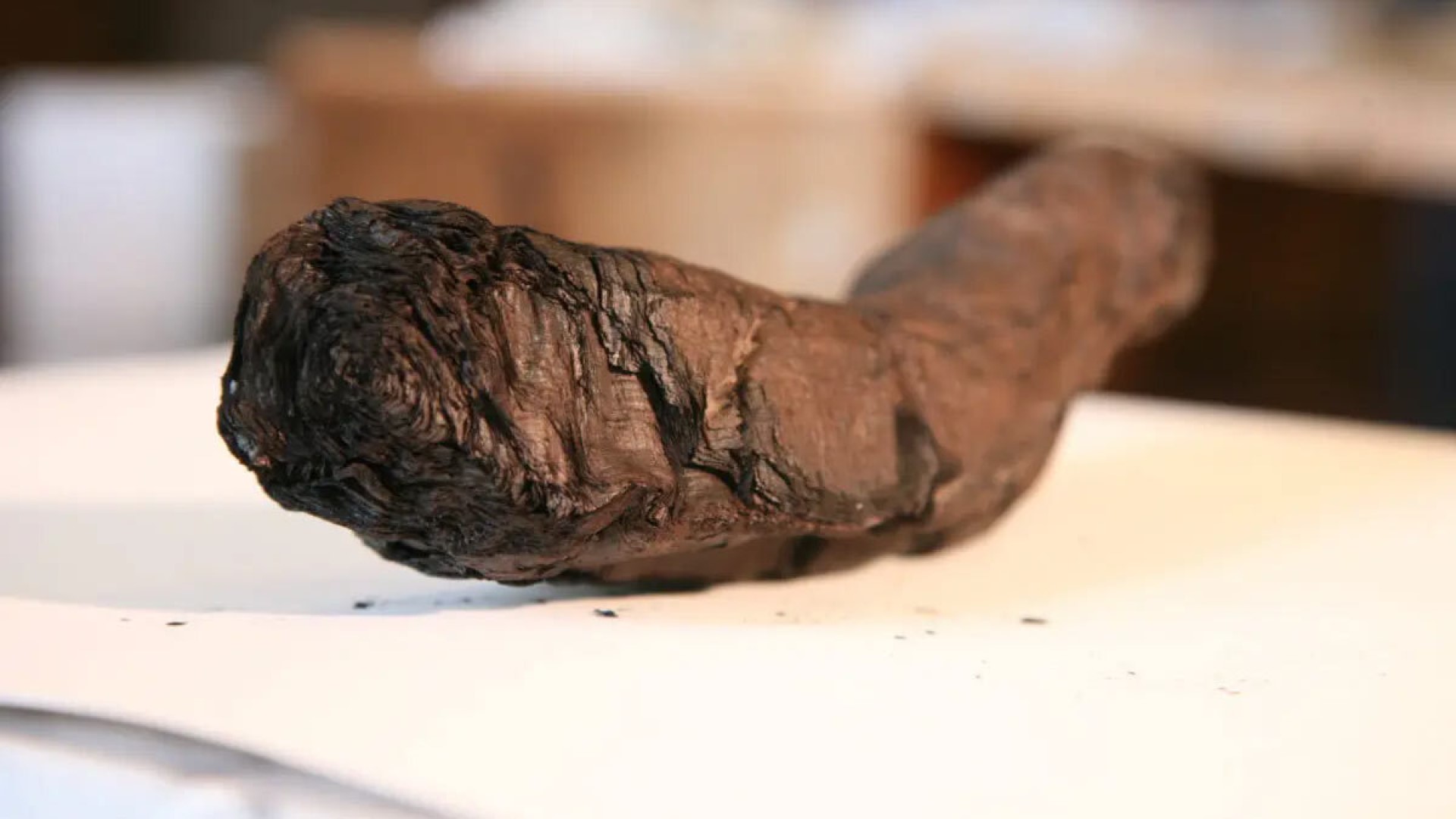
An undergraduate student used an Nvidia GeForce GTX 1070 and AI to decipher a word in one of the Herculaneum scrolls to win a $40,000 prize (via Nvidia). Herculaneum was covered in ash by the eruption of Mount Vesuvius, and the over 1,800 Herculaneum scrolls are one of the site's most famous artifacts. The scrolls have been notoriously hard to decipher, but machine learning might be the key.
Today, x-raying is the method of choice to read ancient scrolls without opening them and potentially causing damage. However, the ink in the Herculaneum scrolls is carbon-based, making it very difficult to distinguish from the charred pages of the scroll itself using normal X-rays.
In 2019, Dr. Brent Seales and other researchers made a breakthrough by augmenting their X-rays with a particle accelerator to scan two scrolls. Earlier this year, those X-rays were run through a machine-learning model to make the ink more legible. The Vesuvius Challenge offers prizes to anyone who can clearly decipher words from the two scrolls.

Luke Farritor, an undergrad at the University of Nebraska-Lincoln and Space-X intern, used his old GTX 1070 to train an AI model to detect "crackle patterns," which indicate where an ink character used to be. Eventually, his GTX 1070-trained AI was able to identify the Greek word πορφυρας (or porphyras), which is either the adjective for purple or the noun for purple dye or purple clothes. Deciphering this single word earned Farritor a $40,000 prize.
Herculaneum was first discovered in 1738, and in 1750 King of Naples Charles VII ordered an excavation of the site, which led to the discovery of the so-called Villa of the Papyri. The site was forgotten shortly afterward, but it was rediscovered in 1986.
The Villa, which may have been owned by Julius Caesar's father-in-law Lucius Calpurnius Piso Caesoninus, contained sculptures, frescoes, and the eponymous scrolls of Herculaneum. A famous bust of the Roman general Scipio Africanus was also found at the Villa of the Papyri.







